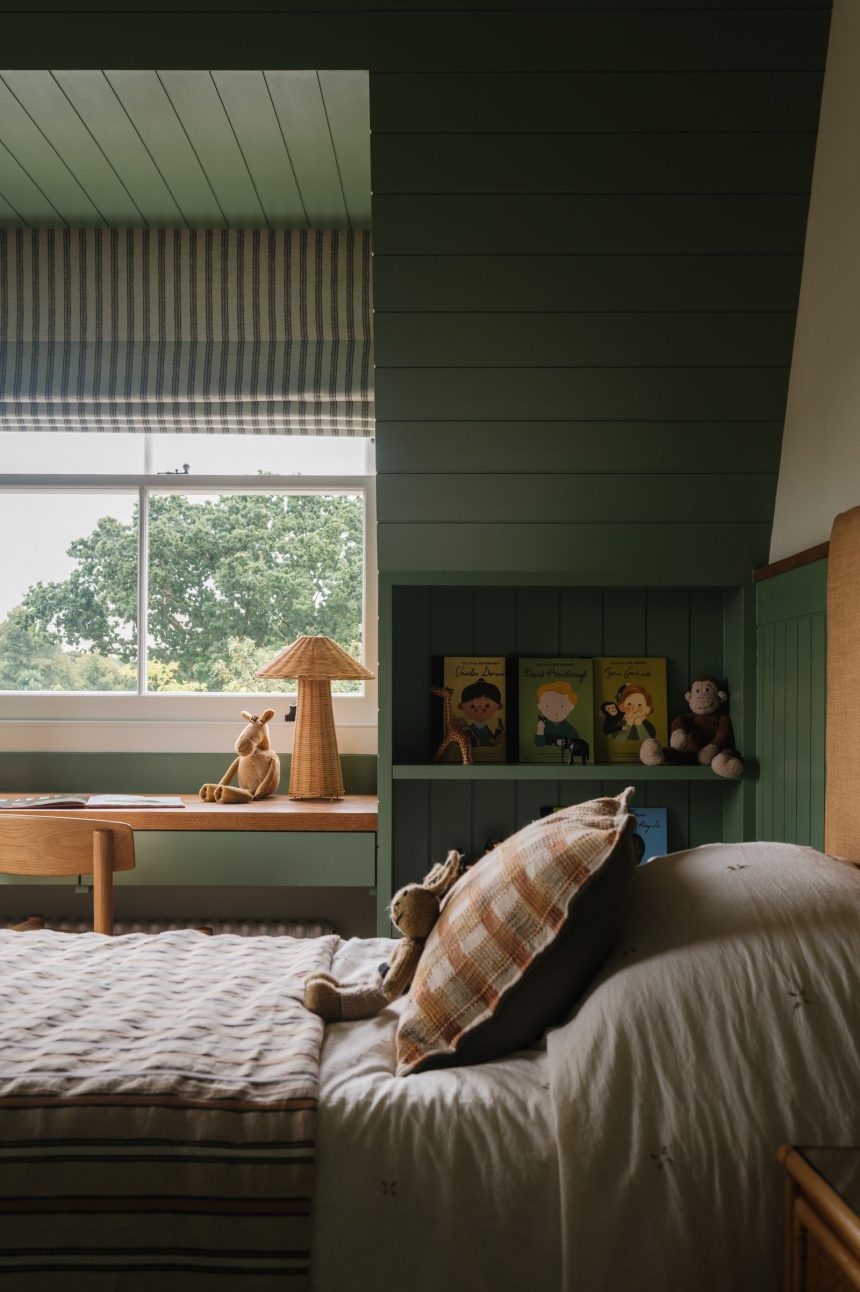So, while I’m thrilled that you’re such a fan of the House & Garden shopping pages (I am too) I wonder if you might enjoy them even more if you cross-referenced those pages, and their enticing contents, with the Specialists section, and the houses that get published – and work out what it is that you really like and find interesting and how, in turn, you’d like your interiors to make you feel. I know a lot of the interiors we feature contain antiques – but you can look past those (although – and I know you haven’t asked about how to start liking antiques and I’m not saying that you have to – but I want to point out that things like lamps and vases can be really easily cleaned) to the things that are new, or at least newer. I also know that immediate perception can be that everything featured on those pages is expensive (and you did mention budgetary restrictions) but that isn’t always the case. (One last point in defence of antiques and vintage: they’re often cheaper than the new equivalent.) What I’m suggesting is that you deepen your criteria for buying something, and broaden where you might buy it from, with the aim of finding a connection that goes beyond ‘I like it’. Perhaps you could start exploring – and following, via social media – independent makers, designers and craftspeople, which fits with your criteria of wanting things that are new and definitely clean, and combines it with an often fascinating story. What’s more, as Lucinda Chambers explains, “craft is integral to communities and is often a way of life.” Techniques tend to be passed from generation to generation, so supporting such smaller enterprises is a positive action (Lucinda has recently added a craft section to her curated online site, Collagerie.)
I’m still not – and I want to emphasise this – saying that shopping from the high street is wrong (I’m taking ‘high street’ to mean chain stores), and, as you’ll know, we have (mostly) got a great high street. I’ve never met an interior designer who hasn’t professed their admiration for Ikea, while the great Nina Campbell has recently designed a highly covetable collection for Next (I’m about to order one of the rugs for my dressing room.) But – and to return to its being Black Friday – there are some horribly sobering statistics out there. 80% of what is bought in the Black Friday sales ends up in landfill, being incinerated, or being poorly recycled (the more materials in the make-up of a product, the harder it is to recycle.) Then, the sales deliveries are forecast to produce 429,000 metric tonnes of greenhouse gas emissions, which is the equivalent of 435 return flights from London to New York. And that, by the way, does not include the products’ own carbon footprints. Emma Hooton, founder of Studio Hooton, has researched the environmental impact of interiors, and can share a helpful checklist which, if we all followed it, might mitigate some of the above. She urges everybody to think about the distance something has travelled and its weight (incidentally, you absolutely can email a company about their supply lines), the materials something is made from (most natural materials, e.g. cotton and wood, are biodegradable, although sometimes chemicals might have been used in the making process), and the longevity of an object – pointing out that anything trend-based, or of less-than-good quality, is likely to find its way to landfill sooner than you might hope. There is often (but not always) a link between the cost of something and its carbon footprint and quality – but I think you’re about to find that your budget has increased.




